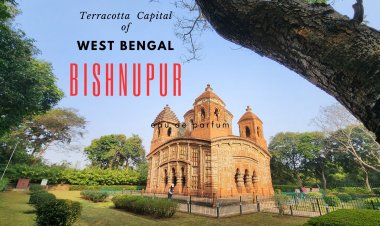Raja Rani Temple - A place of love and art
A popular 11th-century Hindu temple that can be found in Bhubaneswar, in the capital of Odisha.The Raja Rani Temple is locally known as the 'love temple' because it contains some sensuous carvings of women and couples. A unique temple has no idols inside the sanctum, not associated with any particular sect of Hinduism. The Raja Rani Temple has an altogether different charm to offer. Don't visit this rare masterpiece during visit to temple city.
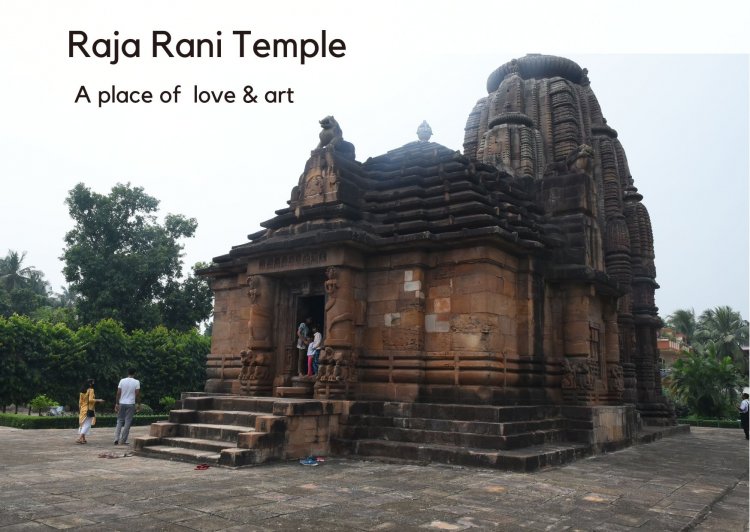
Pristine and still unexplored, washed by the vast expanse of the never-ending coastline of Bay of Bengal and cradled by the Verdant cliffs of eastern ghats. The eastern part of India is gradually proving enticing for tourists. Nestled in the Coromandel coast of India. A large part of Odisha till today is less explored and is truly a demanding place to explore. Blessed by the bounties of nature, it provides excellent opportunities for true relaxation.
I was in the ancient city of Bhubaneshwar. Known as Bhuban – world and Ishwar – God, the abode of temple architecture is nothing but a walking tour of centuries-old temples and reminiscing it.
I am fond of or acquired an interest in visiting places of historical interest it is very tempting not to have a walk into the rather interestingly named temple, Rajarani Temple. Though of local guide was insisting we to visit the most popular Lingaraj and Chousat Yogini temples.I was eager to visit these temples of love.
I initially asked myself. Why such a catchy name? Well, that's a mystery. Situated in the old city just a couple of kilometers away from the Lingaraj temple the temple has been fenced amidst a well-manicured garden that has a straight footpath leading to the temple. To see a temple with city buildings around gives you the feeling of a protected monument and looks less majestic at first sight.
I purchase an entry ticket .As i walk closer on the pathway I could see the color of the structure. Picturesquely set amidst a beautiful garden, this structure is a combination of grace and elegance.
The Rajarani name probably originated from the reddish Rajarani sandstone by which the temple is constructed. Incidentally Rajarani is the only temple in Orissa which is constructed by the reddish Rajarani sandstone. The other temples of Orissa are made of the conventional yellowish sandstone
The temple is an excellent example of great finesse in temple art and filigree work.No comparison in grace and poise. The distinctive feature of the temple is that no presiding deity in the sanctum.
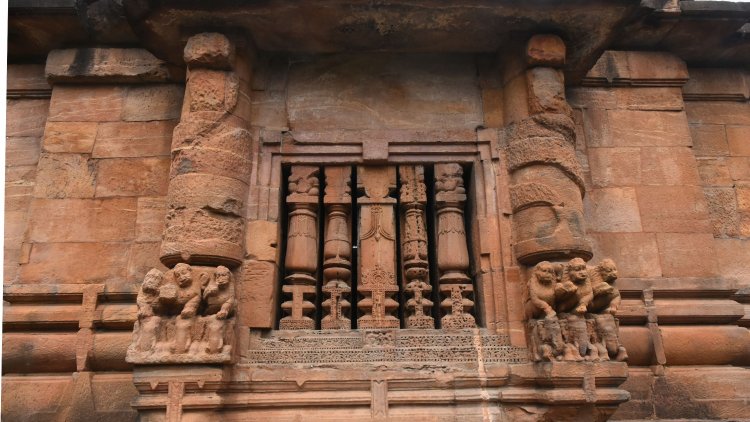
Unique Shape and Size
As I crane my neck towards the crown of the temple The spires of Oriya temple consists of a single spire, with horizontal ridge lines, known as rekh. The spire of Rajarani Temple doesn’t follow the conventional Oriya rekh style, in fact it has remarkable reassemble with the spires of Khajuraho Temples. The spire of Rajarani Temple consists of a central spire flanked by 32 smaller spires arrange in two different stages. The inner stage contains 8 minor spires and the outer stage contains 24 minor spires.
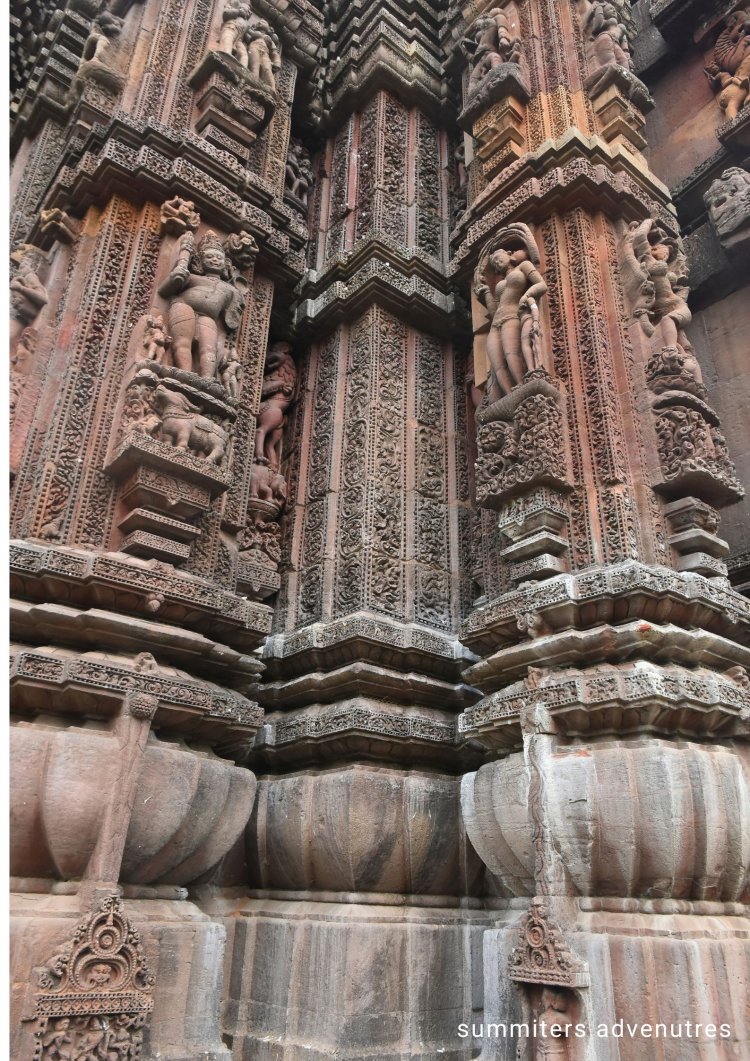
Feminine figurines in Rajarani
Although female figurines are not uncommon on the outer walls of Oriya temples the female figurines of Rajrani Temples differ considerably. The slender-looking female figures in different postures have remarkable resembles with those of Khajuraho.
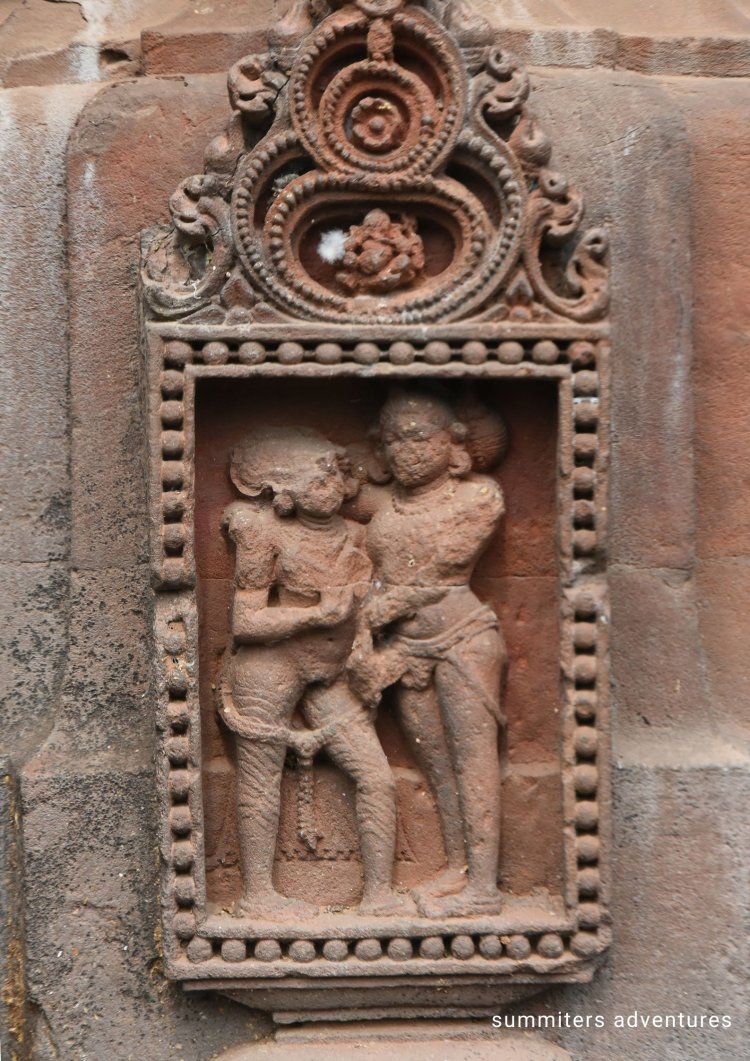
So was it some Khajuraho princes, married to a Kalinga monarch, who inspired the construction of the Oriya masterpiece? With no concrete evidence, historians are still groping in the dark for evidence.
Built on a raised platform the temple has distinctly two parts – the frontal squared-shaped jagmohana, as they call it, and at the rear end the long pyramidal vinama reflecting typical Kalinga architecture. As the historians say the temple dates back to mid-1000 AD, and was originally known as Indreshwara believed to have been built by the Somavamsi kings.
Many believe that central Indian temples owe their seeds of architecture to this piece of art. Talking of architecture, this very aspect caught my eye instantly. The sculptures depict the life of Shiva, his marriage to Parvati in the form of inexplicably brilliant sculptures coupled with several slender feminist characters in various roles and moods that are well preserved and worth capturing.
The Rajarani temple is also famous for its carvings of tall and slender Sophisticated indolent damsels popularly known as Alasakanyas carved in high relief and depicted in various poses such as Looking in a mirror off her anklet, fondling her child, Caresseing her pet bird and playing an instrument, etc.
It reminded me of the Madanikas at Belur. These sculptures here are masterpieces of Odisha architecture with their facial expression and movements.
The most striking thing about this temple is being a shrine without any idol – something that's unusual in the Hindu history of temples. The sanctum is empty, bereft of any platform that might have indicated the existence of some past idols presently removed. Even researchers have failed to decipher and nor Google could not give me a definite conclusion to this. As per theory, it is not related to any particular sect of Hinduism and hence holds its roots to the Saivite sect
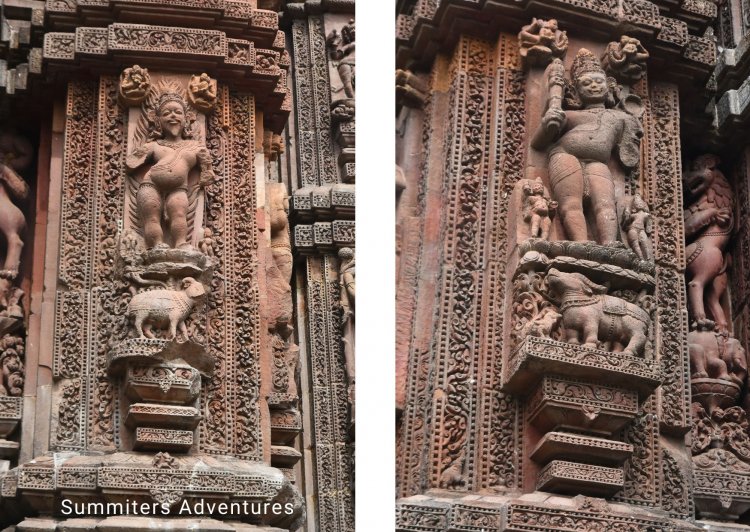
Unlike the exterior, the interior lacks designs or artwork. Another obvious peculiarity lies in the name. How come it got such a unique name? Neither it is in the vicinity of any palace nor its structure is large enough to bear the weightage of such a name. The local argument transpires from the fact that the entrance is sculpted with naga(king) and nagina (queen) on both sides.
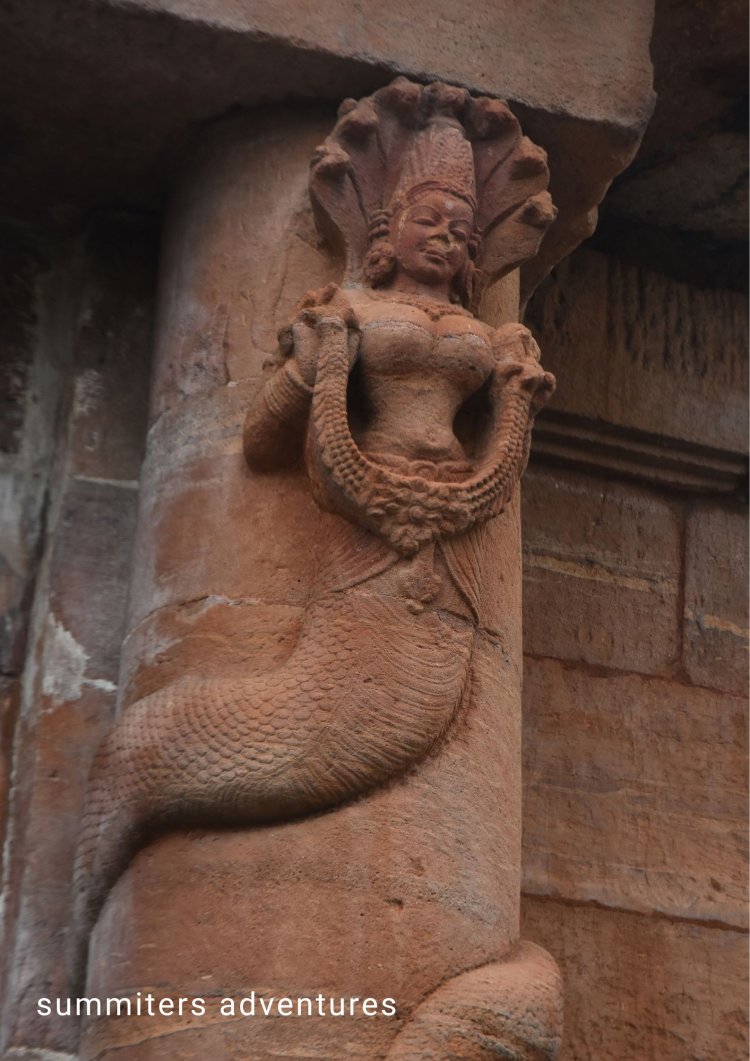
But historians say that derivation might have come from the foundation stones which were locally known as raja-rani- quite an intriguing fact indeed, definitely a research matter till today.
Regardless of its uncertain history and extent of historical significance compared to the Lingaraja or the famous Jagannath Temple of Puri, the mere visuals are enough to make this significant impact on the onlooker
But in no way it fails to be a treat to the eyes. If you come to visit Lingaraja temple, make sure to spend an extra hour at this place. It will definitely be an added incentive, a worthy inclusion to your tour plan.









